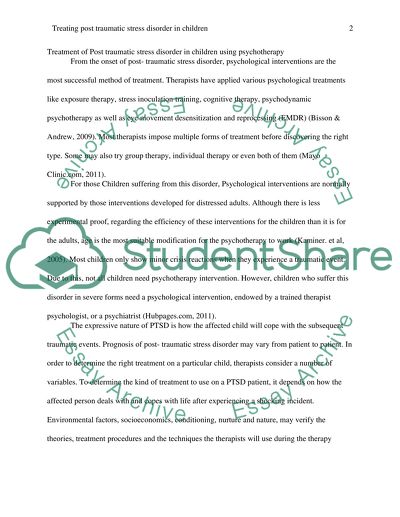Cite this document
(“Treatment Of Post Traumatic Stress Disorder In Children Using Essay”, n.d.)
Retrieved de https://studentshare.org/psychology/1391595-treatment-of-post-traumatic-stress-disorder-in-children-using-psychotherapy
Retrieved de https://studentshare.org/psychology/1391595-treatment-of-post-traumatic-stress-disorder-in-children-using-psychotherapy
(Treatment Of Post Traumatic Stress Disorder In Children Using Essay)
https://studentshare.org/psychology/1391595-treatment-of-post-traumatic-stress-disorder-in-children-using-psychotherapy.
https://studentshare.org/psychology/1391595-treatment-of-post-traumatic-stress-disorder-in-children-using-psychotherapy.
“Treatment Of Post Traumatic Stress Disorder In Children Using Essay”, n.d. https://studentshare.org/psychology/1391595-treatment-of-post-traumatic-stress-disorder-in-children-using-psychotherapy.


